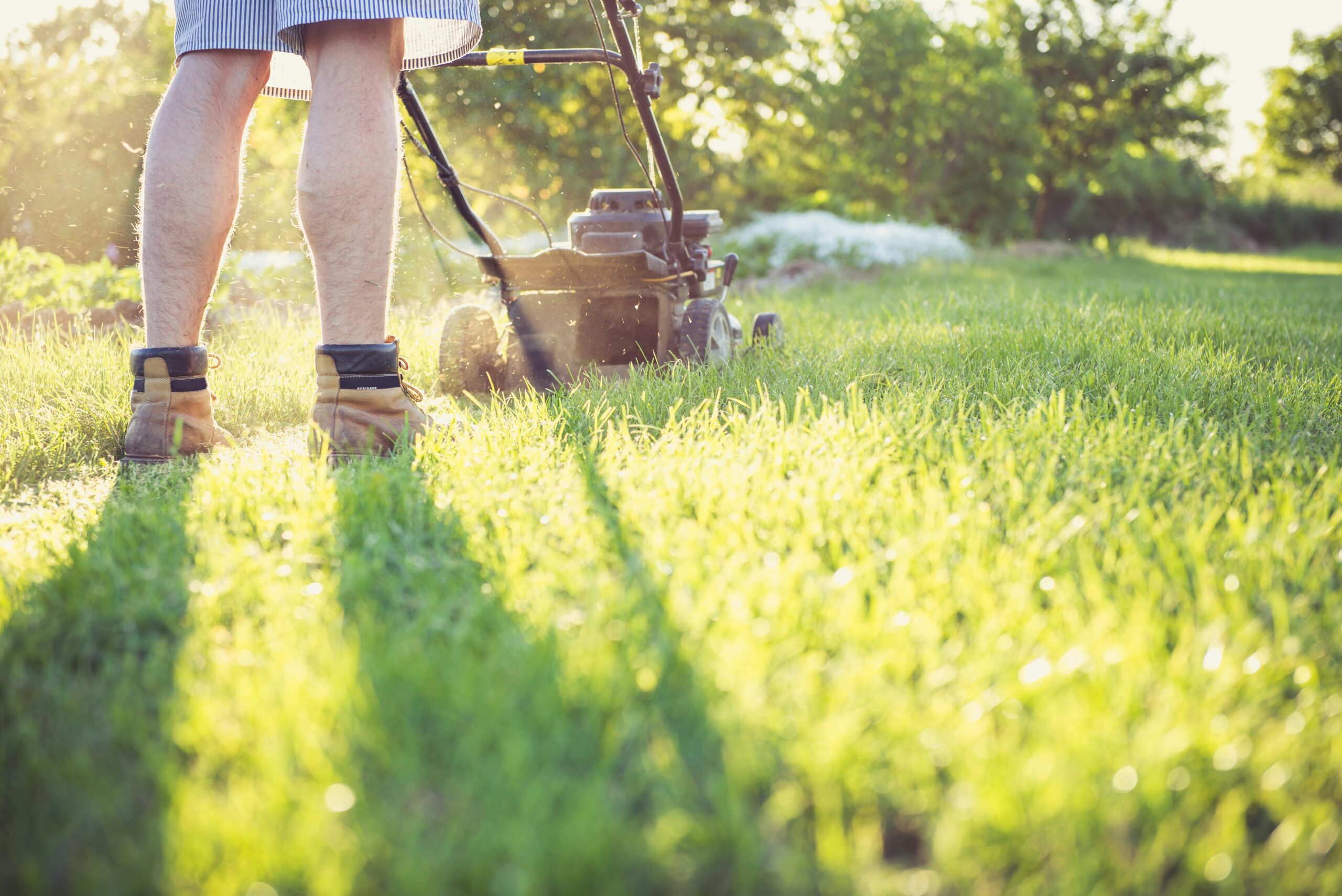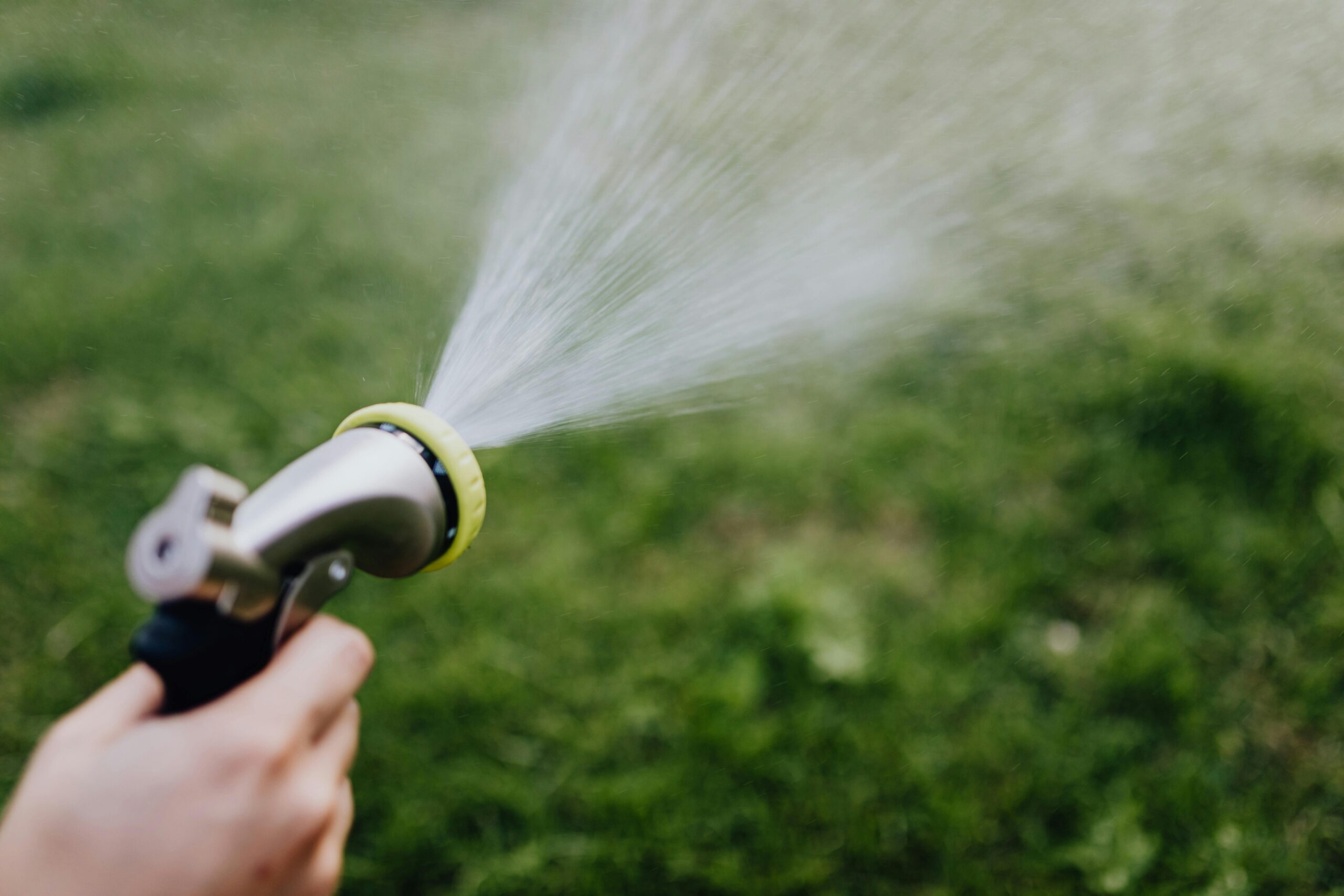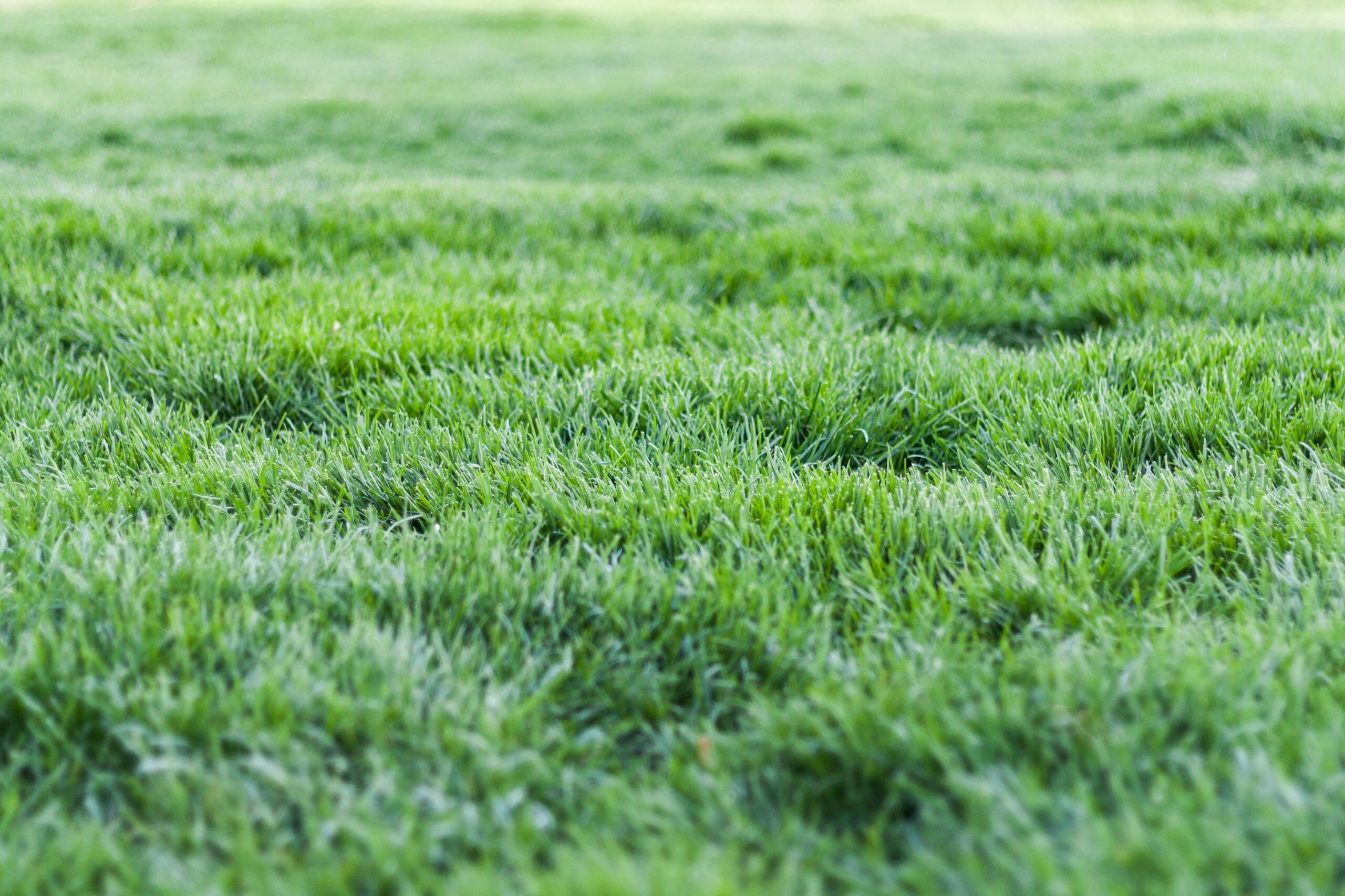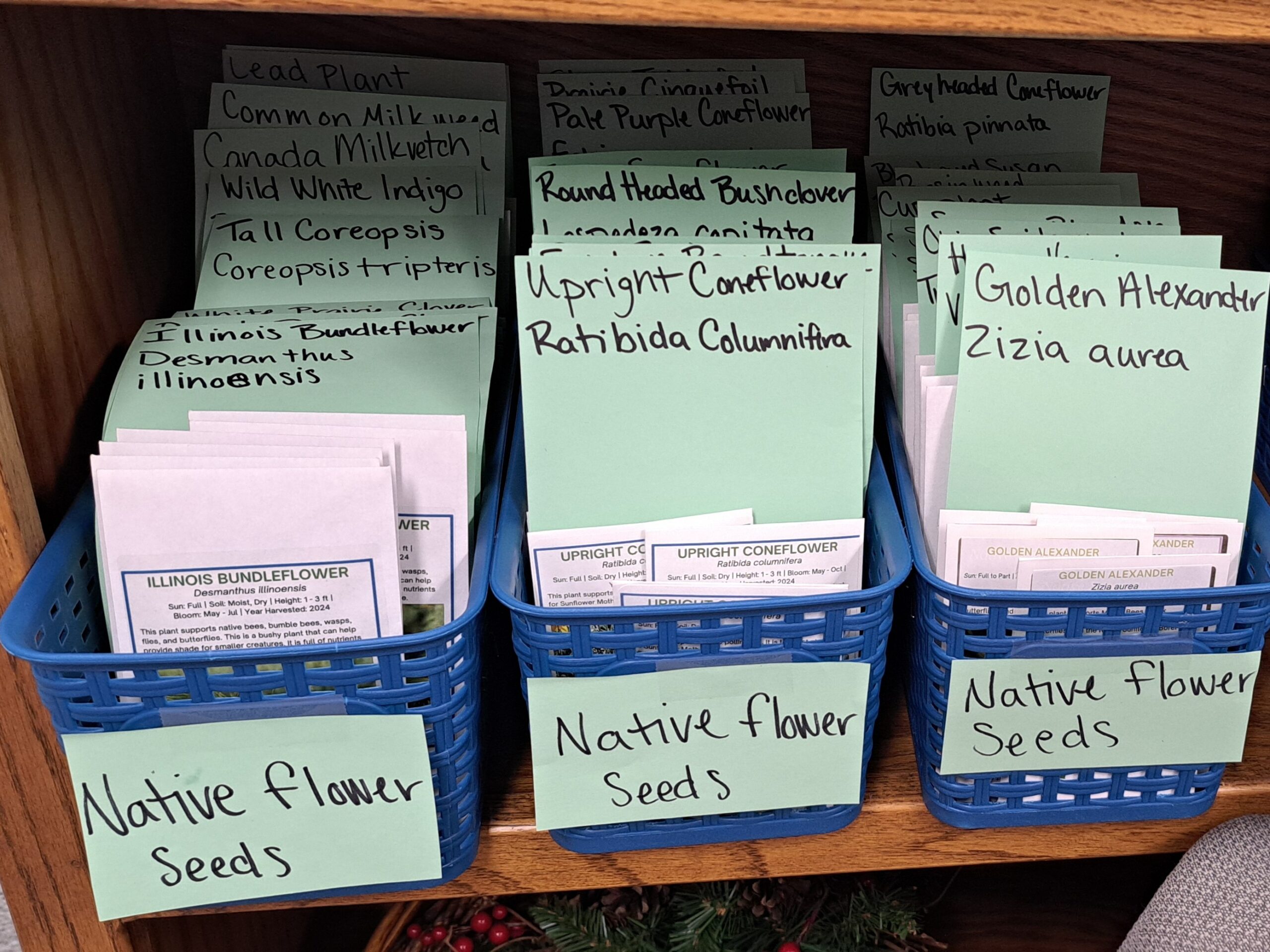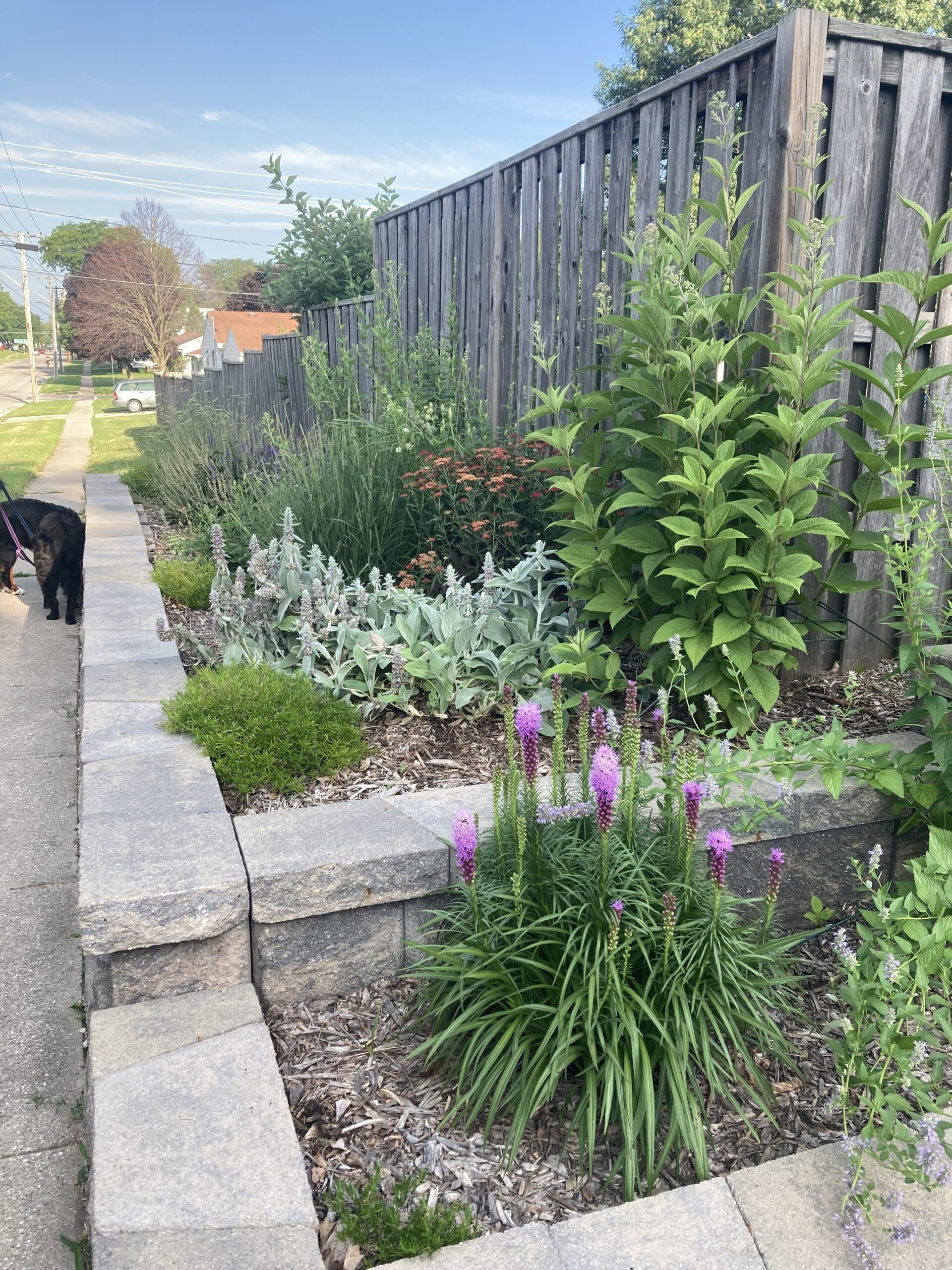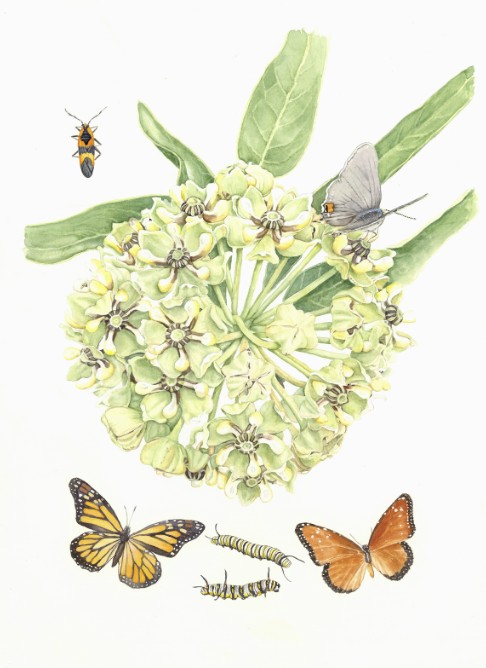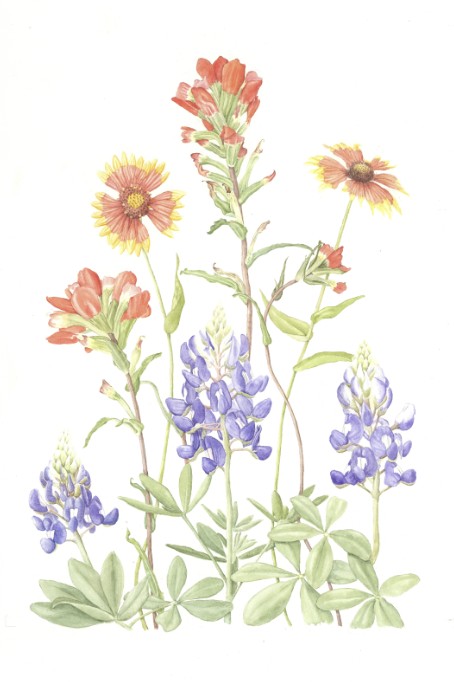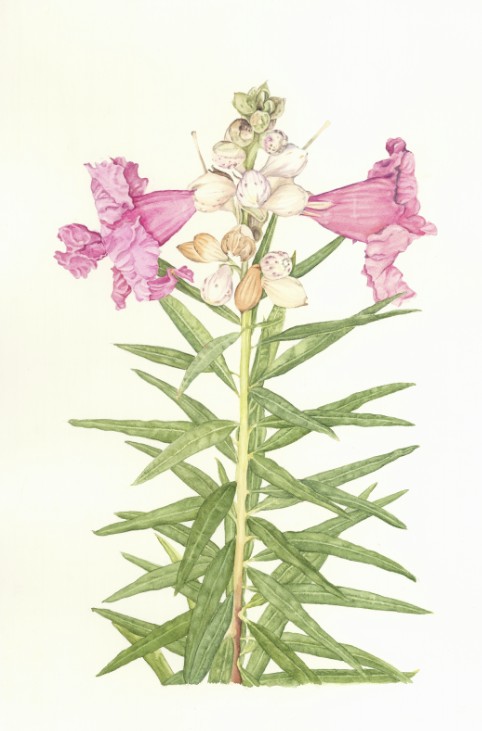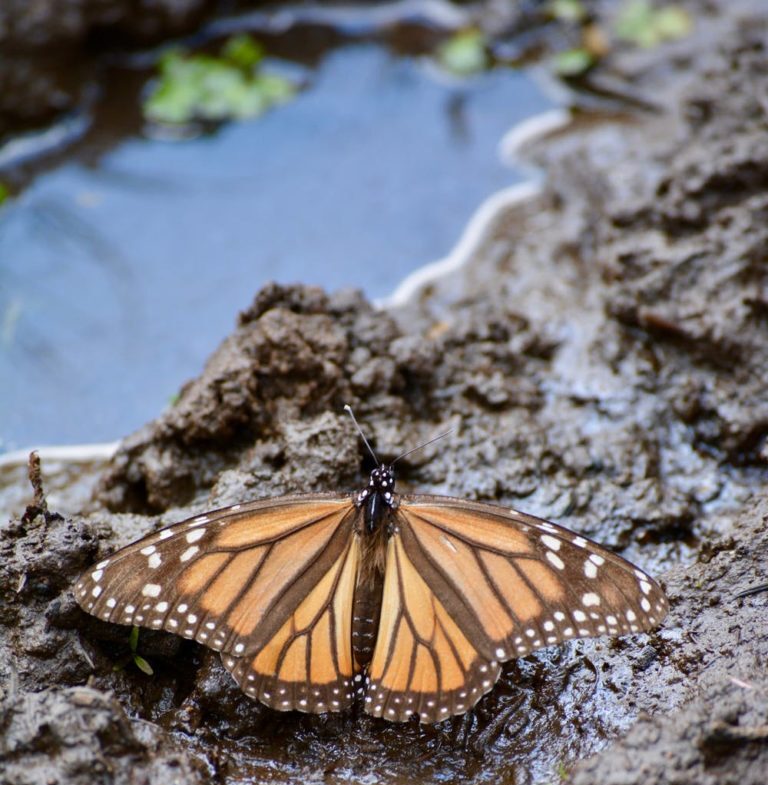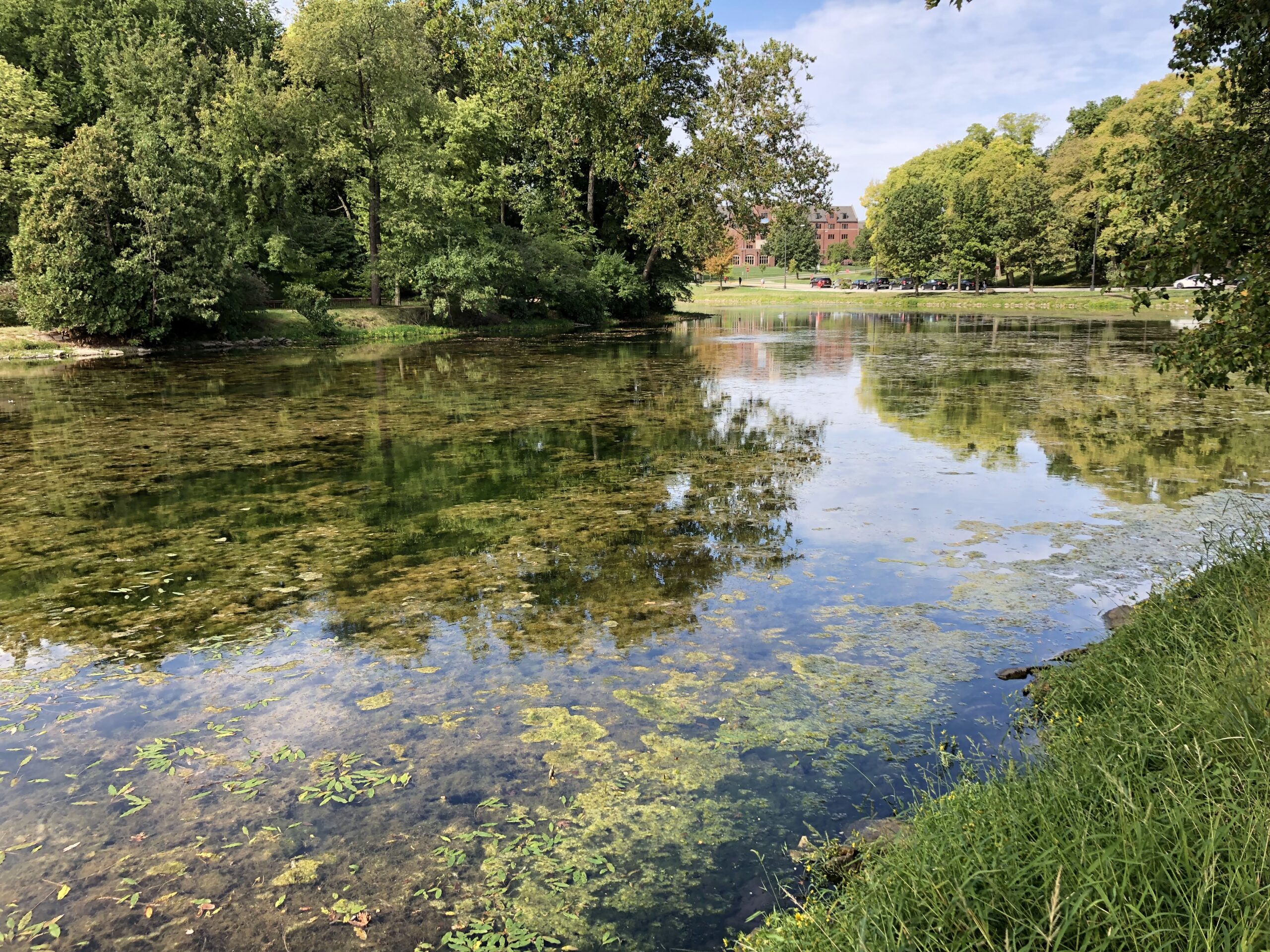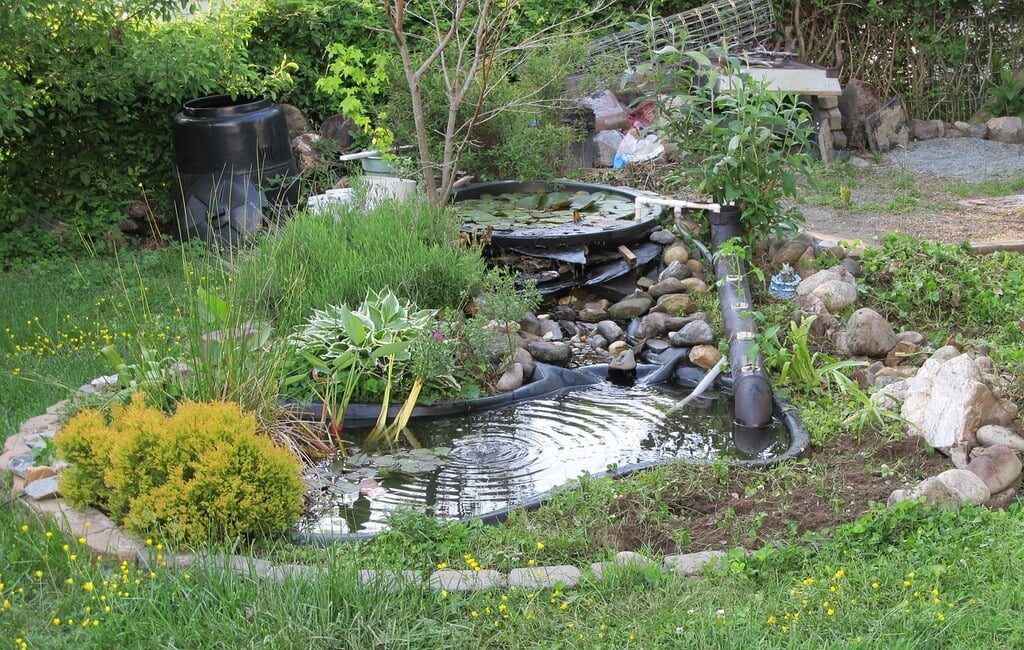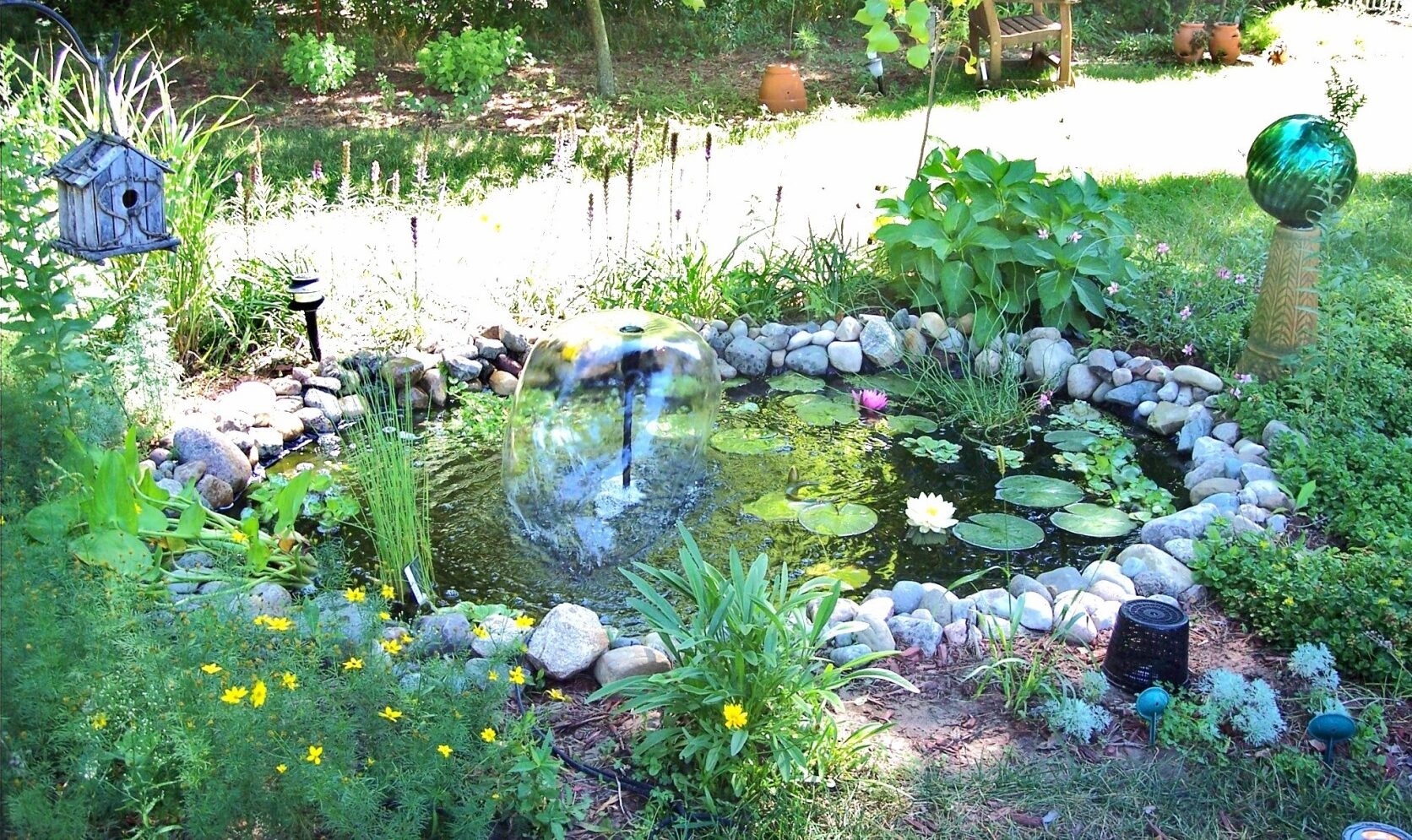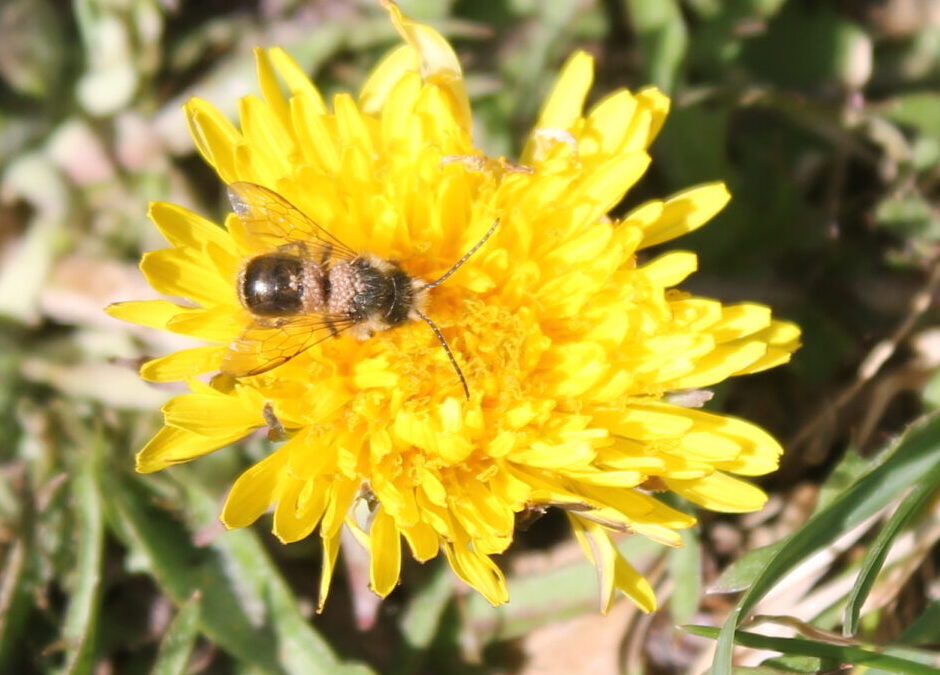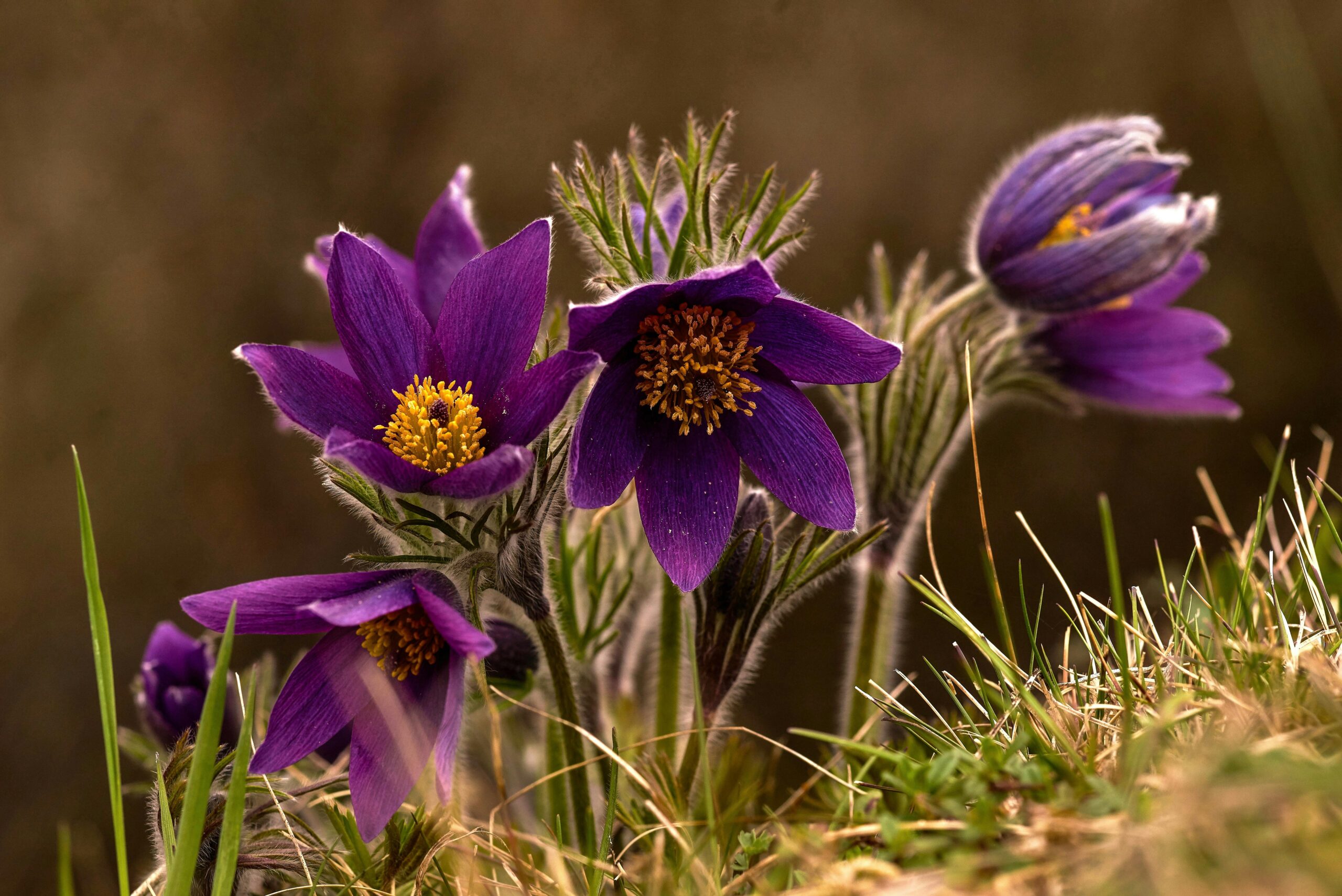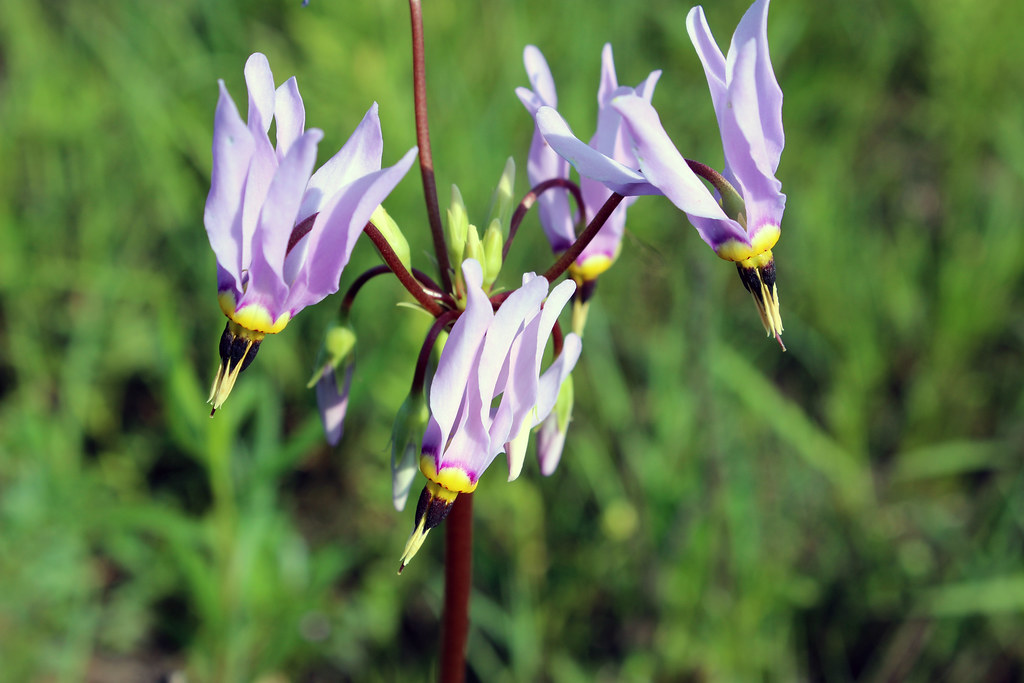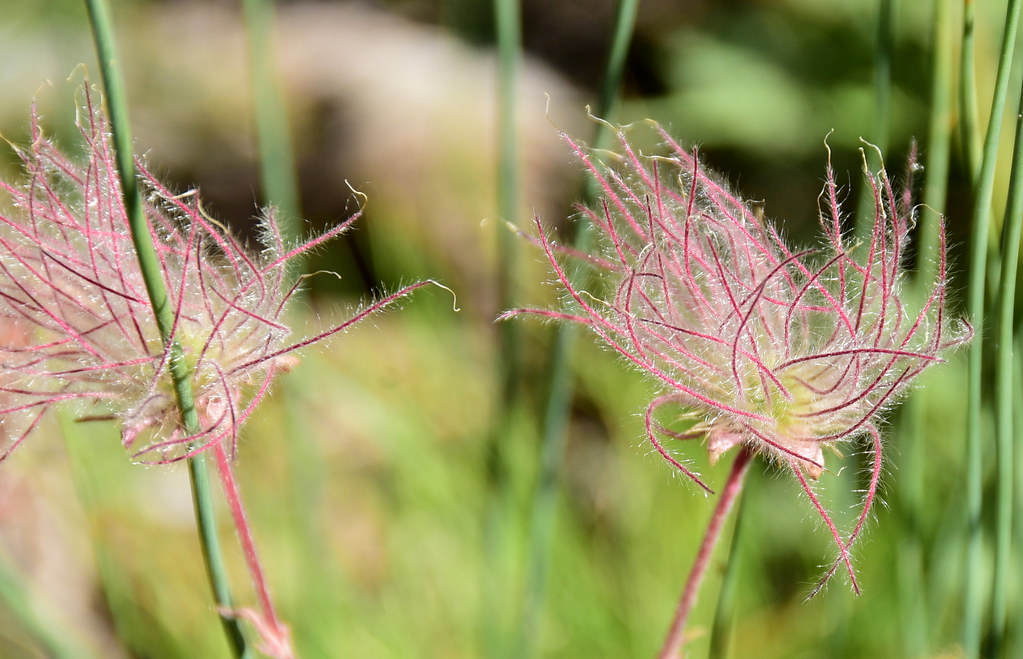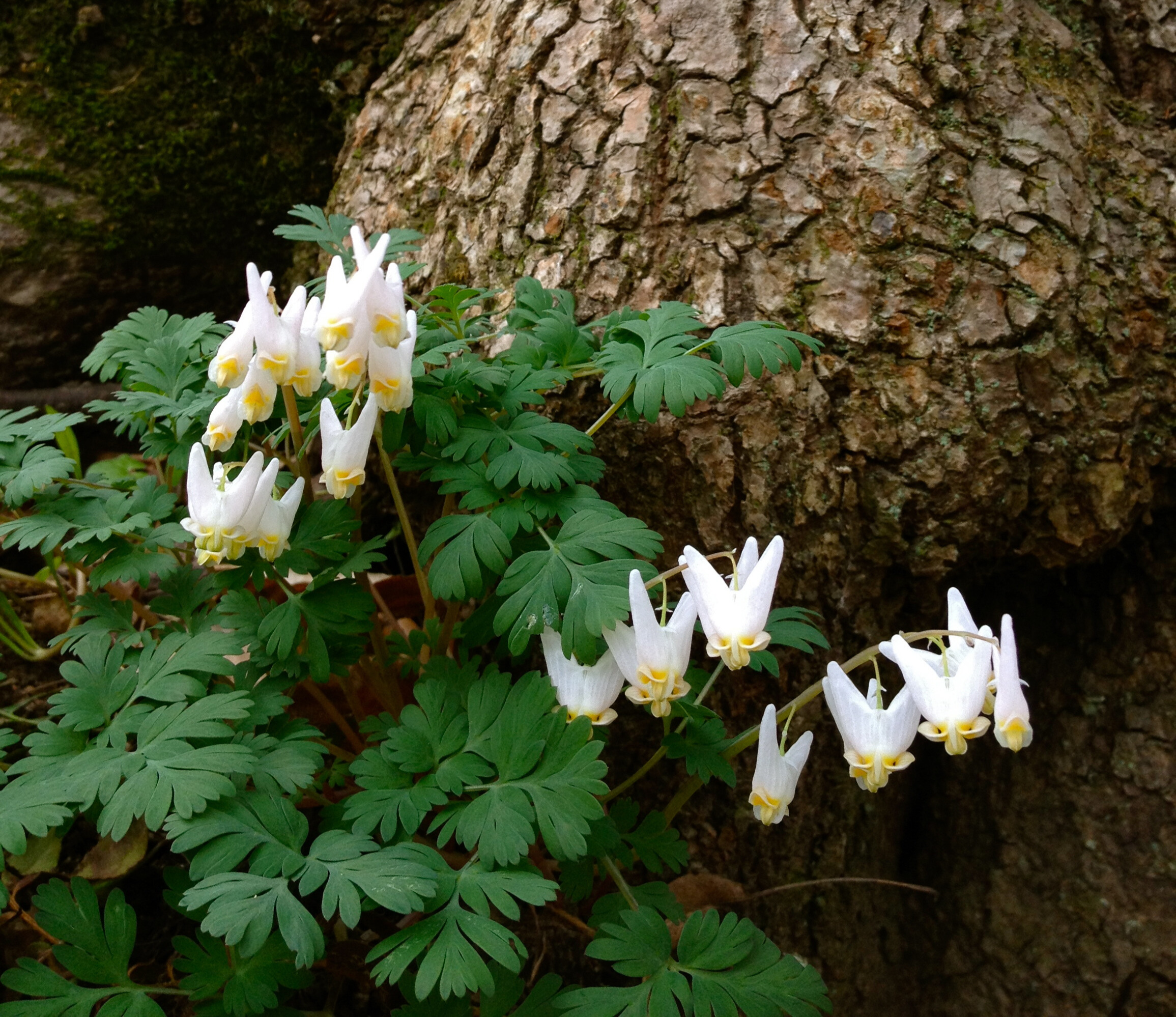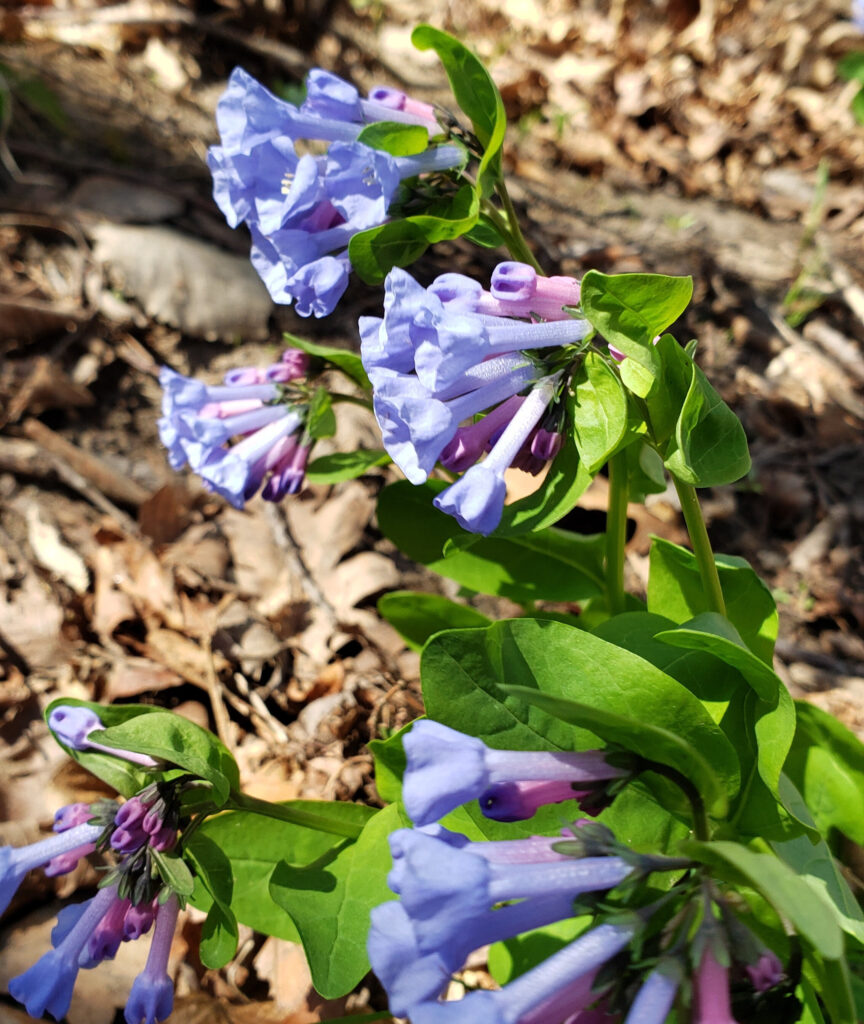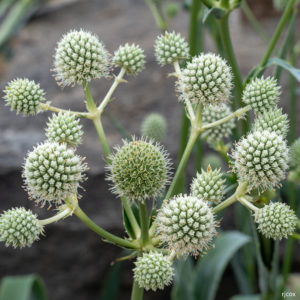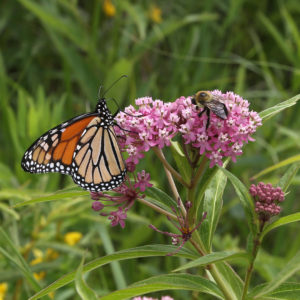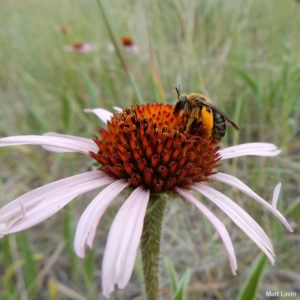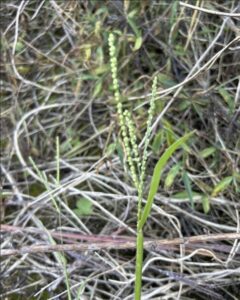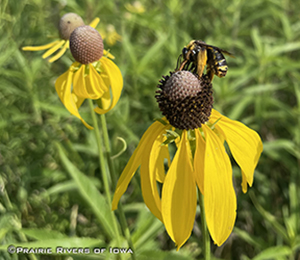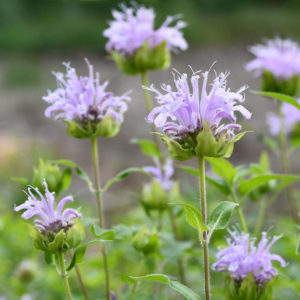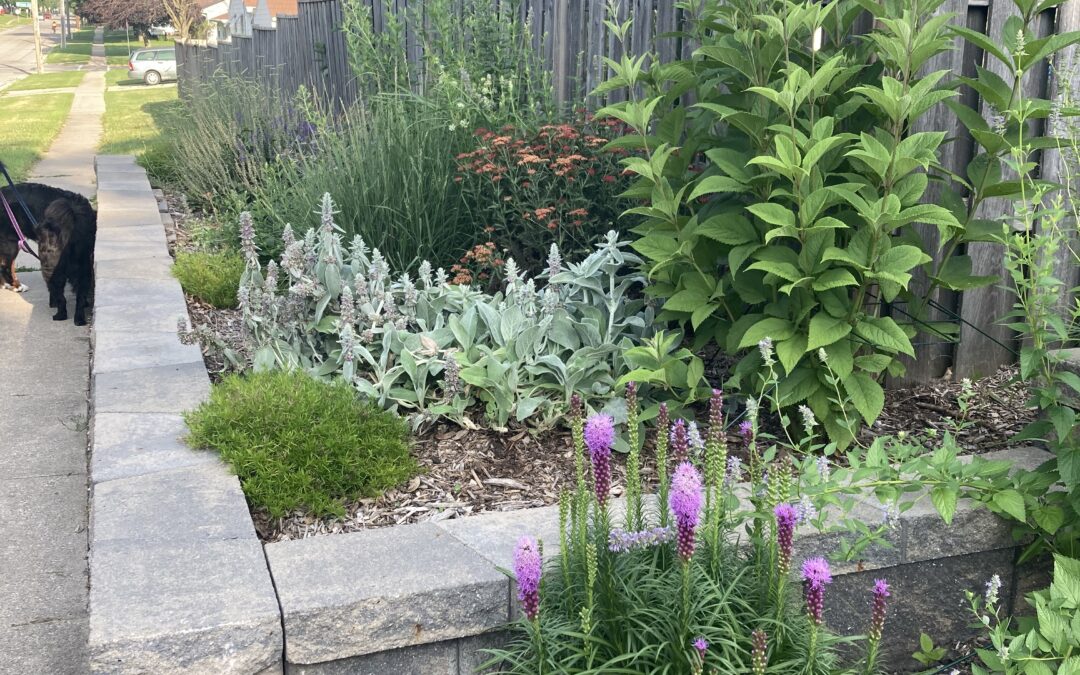
Does Adding a Pollinator Garden Really Save You Money?
Most people don’t think twice about what it costs to maintain a traditional lawn, but the numbers add up quickly. Let’s break down how much the average homeowner in Ames spends compared to maintaining a small pollinator garden.
Lawn Maintenance Costs
The average lawn in Ames is about 5,400 square feet, which is roughly the size of a basketball court. Mowing that space with a push mower uses about one-eighth of a gallon of gas per session, which costs around $0.37 each time. During the growing season (March through October), homeowners mow about 23 times, spending $8.51 per year on gas.
Watering Costs
Keeping grass green takes about one inch of water per week. That is roughly 3,364 gallons for a 5,400-square-foot yard per watering session. Depending on rainfall and frequency, watering 10–20 times a year costs between $129 and $329.33 annually in Ames.
Fertilizer and Pesticides
Most people fertilize three times a year, which adds up to $120 annually. Common lawn chemicals—like insecticides and weed killers—cost another $135 per year.
Time Investment
An average of 2.5 hrs a week are spent on lawns with about 26 weeks in the season. Meaning we are spending 65 hours a year on lawn maintenance.
Total Lawn Costs
1 year: $348.01 to $547.84 and 65 hours
3 years: $1,044.03 to $1,643.52 and 195 hours
5 years: $1,740.05 to $2,739.20 and 325 hours
10 years: 3,480.10 to $5,478.40 and 650 hours
Pollinator Garden Costs
Now let’s compare that to a small 10×10-foot (100-square-foot) native pollinator garden.
Seeds and Plants
Seeds are often inexpensive or free through programs like the City of Ames rebates or the Prairie Rivers of Iowa Native Seed Bank. The seed for such a small area is only $5.
If using native plant plugs at about $4 each, it is recommended to have one per square foot. You would need 25 plants, costing $400.
Mowing and Watering Costs
In the first year, the area is mowed about four times to control weeds, less than 50 cents in gas for the year.
Watering costs vary. Watering 10–20 times a year ranges from $2.40 to $4.80 the first year, dropping by half the second year, and none the third as plants fully establish.
Time Investment
The first year involves about 16 hours of work total: seeding/planting, and weekly weeding. In later years, maintenance drops to light weeding—around 13 hours per year.
Total Pollinator Garden Cost
1 year: $7.88 to $405.28 and 16 hours
3 years: $9.32 to $407.92 and 42 hours
5 years: $9.32 to $407.92 and 68 hours
10 years: $9.32 to $407.92 and 133 hours
Comparing the Two
You now have the numbers to compare keeping your traditional lawn or adding a pollinator garden. These numbers are vastly different, but keep in mind they are not yet in the same scale. The lawn total is for 5,400 sq ft, while the pollinator garden is for 100 sq ft. Below I will break them down into cost per 100 sq ft to better compare them.
Traditional Lawn
1 year: $6.44 to $10.15
3 years: $19.33 to $30.44
5 years: $32.22 to $50.73
10 years: $64.45 to $104.52
Pollinator Garden
1 year: $7.88 to $405.28
3 years: $9.32 to $407.92
5 years: $9.32 to $407.92
10 years: $9.32 to $407.92
Over time, a pollinator garden requires far less water, chemicals, and fuel than a traditional lawn, saving money and hours while supporting bees, butterflies, and other wildlife. A native pollinator garden pays for itself within a few seasons and creates beauty and biodiversity that benefit the whole community.

